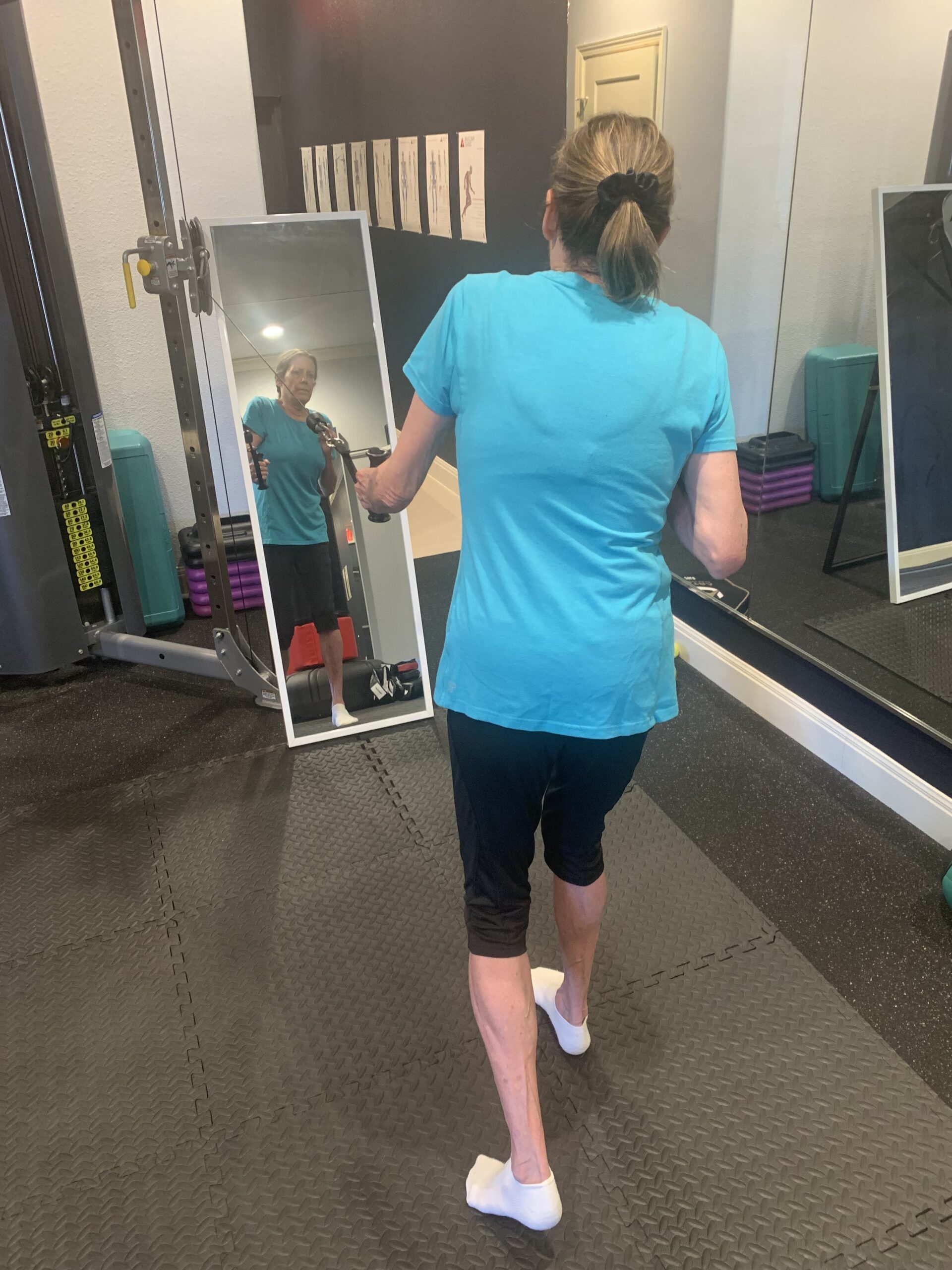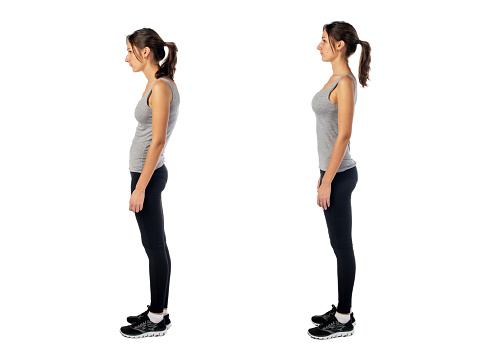In our previous blog we went into great detail highlighting the importance of what function means as it relates to your physical wellbeing. In this blog were simply going to teach what you need to know about your anatomy and how to move it so when you start training with us, you have a basic understanding!
Let’s first start off explaining the basics of spacial proximity, your body’s ability to sense where it’s at. This is important because to correct biomechanical dysfunctions, the brain has to have an understanding of where the body currently rests (or the posture it defaults to) and then learn how to control the body into a better position- to illicit proper muscle contractions, to support better alignment. You must understand how to move your structures forward (anterior), backward (posterior), and sideways (lateral), up (superior), down (inferior), in (adduct), and out (abduct). Once your know the general directions of how your body can and should be capable of moving, then we get into the specifics of micro directional changes of the structures themselves.
Imagine your skeleton, and now think about shifting your ribcage laterally to the right, like you’re trying to stretch your right side of your torso. Or think about shifting your pelvis laterally to the left, like you’re doing The Bump. Those are lateral shifts, but you can also shift your pelvis back (posteriorly), like sticking your butt back, or your ribcage forward (anteriorly), like you’re puffing out your chest. Shifts can apply to other parts of your body, but at the onset we focus on your ribs and hips, since these are two big structures that have influence of your upper and lower extremities. Shifts can also apply to your weight, you can distribute your weight back, in your heels, forward, in your toes, or left and right, as you lean heavier on one leg. In reference to our last blog, if someone’s skeleton is stuck in an anterior pelvic shift (hips humping the air in front of them) we’d first teach them (body and brain) how to shift their pelvis back, into a posterior pelvic shift.
The next structural change you need to understand is tilts. A posterior pelvic tilt and an anterior pelvic tilt are the most common, but tilts can apply to the ribcage as well. A posterior pelvic tilt is in reference to the back of your pelvis tilting down, like your tailbone rolling under you, like a dog tucking its tail between its legs. An anterior pelvic tilt would be the opposite, the front of your pelvis tilting down, like you’re untucking your tailbone. So if you’re stuck in an anterior pelvic tilt, initially we’d teach you how to posteriorly tilt your pelvis to start reprogramming better muscle function in your posterior chain to alleviate the pressure you feel in your lower back because your pelvis is jamming up into your spine.
Rotation is another function that your anatomical structures need to be capable of, especially because rotational forces drive our body during movement. Rotating your pelvis to the right, like your pulling the back of your right hip bone backwards and the front of your left hip bone forwards, creates a turn in your pelvis and activation in your glutes! The same can be said of rotating your ribcage to the right, think about pulling the back of your right should backwards and the front of your left shoulder forwards to create a turn of your ribcage and an activation in your obliques! Can you start seeing how learning to move your structures, can create an automatic muscle contraction? This is helpful because how we teach your to move your structures, is how your body actually moves those structures during basic human functions like walking. So you don’t have to think about squeezing a muscle when you’re busy moving about in the real world, because your structures have already been primed to move like that with the exercises we teach you. And when your structures move the way they should, and they aren’t stuck in a position, your muscles learn to contract to support the ebb and flow of positions that your body moves through, to move!
Flexion applies in most cases to your spine and your extremities (arms and legs). If you flex your elbow, think about doing a bicep curl or trying to touch the front of your shoulder with your palm. If you flex your hip, think about brining your knee up like you’re going to touch your chest. If you’re flexing your knee, think about bending your leg like you’re trying to touch your heel to your butt. If you flex your spine, think about hunching over and rounding your upper back.
Extension would be the opposite of flexion. Spinal extension would be like you’re lifting your chest up and leaning back. Arm extension would be like a tricep extension, or straightening your arm. Hip extension would be like you’re reaching your leg back behind your body. Knee extension would be like you’re straightening your knee, like you’re going to kick someone in front of you.
Adduction is moving toward your midline, like you’re crossing your right leg across your left leg when you kick a ball, or bringing your arms to your sides like a standing military position. An easy way to remember this is, you’re “adding” something to your body.
Abduction is the opposite of adduction, you move away from your body. Like you’re raising your arms up to make your body into a “T” or you kick your leg out to the side like a roundhouse kick. An easy way to remember this is, you’re taking away (“abducting”) something from your body.
Protraction is when you move a structure forward, in reference to your shoulder blades protracting, your scapulae are spreading away from your spine, like your shoulders are getting wider. If you’re doing a pressing motion with your chest, you would extend your arm straight and let your shoulder blades push forward.
Retraction is when you move the structure back, again when thinking about your shoulders blades, you’re pulling/pinning them back (not too much, but some is necessary), like you’re trying to stick your chest out. If you’re doing a pulling motion you would bend your arm and let your shoulder blade pull back as needed.
Additionally, elevation and depression are useful to understand when thinking about the shoulder blades again, you can lift them up (elevate) and pull them down (depress), to allow certain functions to happen in the rest of the shoulder girdle and arms. For example, if you’re reaching over head, you’d need to learn how to properly depress your scapula… too much can cause an adverse compression in your lumbar spine. Elevating them would be useful in other exercises to help activate your upper traps properly… but not just shrugging them like an old school bodybuilder… lol.
All of these are a simplified explanation of basic mechanics that we teach you and the more you understand, the more capable your body becomes. Just because it’s a function doesn’t mean it is a function that your body will need at the start. For example, if you’re stuck in an anterior pelvic tilt, we wouldn’t want you performing an anterior pelvic tilt because that is just confusing the brain and telling it to keep reinforcing the position you’re already stuck in. So functions need to be calculated to benefit your individual body and the way it needs to get better at specific movements. If you need help learning what will benefit your specific needs, contact us to set up your introductory session!







